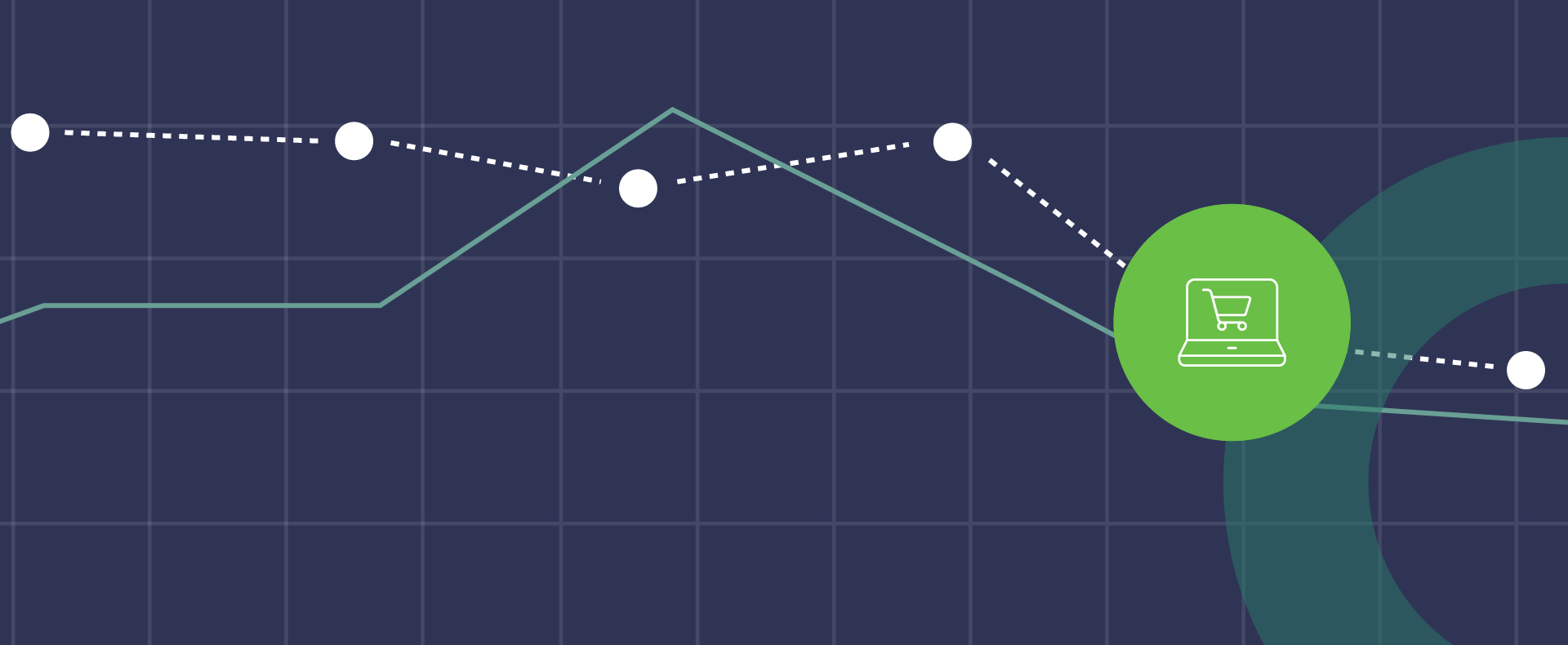Identifying Consumer Behaviour Patterns During Crises
Identifying Consumer Behaviour Patterns During Crises
Over the past several years, consumers have shown anything but predictable shopping behaviour. As we continue to grapple with yet another crisis that’s rewriting the rules of retailing, ShipStation and Retail Economics have researched how the cost-of-living crisis is influencing customer behaviour patterns, the potential long-term impact, and what to focus on when selling online.
Our Holiday Shopping Trends Report picked the brains of more than 8,000 shoppers and canvassed 800 retailers from the UK, Spain, Italy, France, Germany, the US, Canada and Australia – a far-reaching global picture on evolving customer behaviours ahead of peak retail season.
Historic consumer behavioural changes during economic crises
Economic crises are nothing new. The Dotcom crash. The 2008/2009 Global Financial Crisis. The consequences of COVID-19 pandemic.
Throughout these tumultuous periods, the move to online shopping had been gradual with people increasingly gaining confidence with a new way of buying the products they love.
Most recently, the pandemic ushered in unprecedented changes in consumer behaviour.
This pandemic-fuelled surge in ecommerce sales was coined ‘the new normal’, but as restrictions eased, in-store shopping bounced back strongly.
The jury is still out on what the long-term effects of this current cost-of-living crisis will be.
How economic turmoil influences consumer behaviour
To gauge what the future likely holds, let’s consider how people in 2022 are shopping in the face of this crisis.
Our extensive research report identified four types of cost-of-living crisis customer:
- Distressed – consumers most likely to cut back spending
- Secure but concerned – financially strong consumers presenting risk-averse attitudes towards spending in the face of rising inflation
- Stretched spenders – these shoppers like to spend but are on tight budgets – they will maintain a resilient attitude towards spending despite the rising costs
- Undeterred – these consumers have the greatest financial freedom and the economic crisis has a lesser impact on their shopping behaviour
58% of consumers expect to be impacted by the global economic instability, with more than a third indicating that they’re already experiencing financial distress going into peak season. As the effects of the crisis start to become clearer and if other global influences drag on, it’s likely that this percentage will continue to rise.
Pandemic induced economic drawbacks aside, if we look back at the last major global economic reset during 2008-2014 we see that consumer behaviour during that economic crisis mirrors what we’re seeing with the current cost-of-living crisis.
What ecommerce shopping trends can we expect this year?
To help you plan for demand throughout this unusual retail peak season, our report focused on six product categories:
- Apparel
- Electronics
- DIY and gardening
- Health and beauty
- Home-related goods
- Toys
One major difference between 2022’s economic crisis and past events is what households consider as ‘essential’ products.
The categories most at risk from decreases in consumer spending this peak season are also those that are facing broader changes to how consumers shop.
Apparel and footwear
Even before inflation rates started rising across the globe and the economic crisis took hold, consumers were already questioning fast fashion. With numbers dipping because of evolving customer sentiment, the fashion and footwear industry stands to take another hit this peak season as more than a quarter of consumers say they’ll be spending less on apparel and footwear.
Electronics
Electronics sellers face two threats. First, these items tend to be big ticket purchases and over 20% of consumers said they would spend less on this category of products this peak season.
Additionally, ecommerce retailers in this sector may see a further dip in sales as customers say they’re more likely to purchase these products in-store.
How long do customers expect the 2022 economic crisis to last?
Like previous periods of economic instability, these gloomier days will pass one day.
Some commentators may position this period of uncertainty as another ‘new normal’, but consumer behaviour is fickle and can change at the drop of a hat. Be agile and ready to adapt to defying circumstances, that’s how you should approach this challenge.
To understand how long consumers could curtail non-essential spending for, we asked people how long they expect rising inflation to affect their spending.
The data suggests that nearly a quarter of global consumers expect the 2022 economic crisis to impact their spending for the next two years.
While this will likely translate into lower sales volumes for the next 24 months, customer sentiment could brighten at any time if inflation is brought back under control. Retailers of every size should be prepared for unanticipated demand – and have the capacity and processes to meet customer expectations.
Understanding customer behaviour through the 2022 economic crisis
Our Holiday Shopping Trends Report is the looking glass you need to sharpen your planning for this peak season and beyond.
Using our data from shoppers across the globe, ShipStation’s Holiday Shopping Trends Report provides you with actionable insight to plan strategically for the future while simultaneously forecasting seasonal demand for peak 2022.
Download the report for in-depth data on global shopper sentiment, consumer behaviour and a whole host of other interesting trends primed to influence peak season and collide with this once-in-a-generation cost-of-living crisis.





